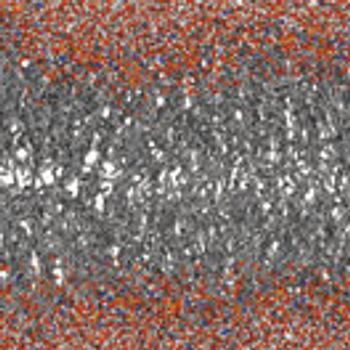
The recognition that microbial artifacts are capable of modulating the mammalian immune system is an emerging view of biologic drug contamination control testing.

The recognition that microbial artifacts are capable of modulating the mammalian immune system is an emerging view of biologic drug contamination control testing.
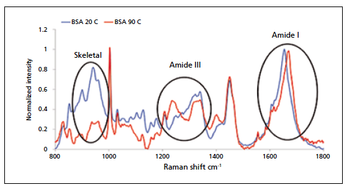
In this article, the author reviews some of the techniques that can yield valuable information on protein stability, focusing specifically on protein aggregation. Emphasis is placed on the enhanced information made available when technologies are used orthogonally, and the alignment of different approaches with specific stages of the biopharmaceutical development workflow.

The European Directorate for the Quality of Medicines & Healthcare announces the publication of a chemometric methods chapter in the European Pharmacopoeia.

The European Pharmacopoeia rewrites in its general chapter on Raman spectroscopy.

The authors explore the use of precipitation using polyvinyl sulfonic acid and zinc chloride in place of capture chromatography to reduce the cost of goods in the insulin manufacturing process.
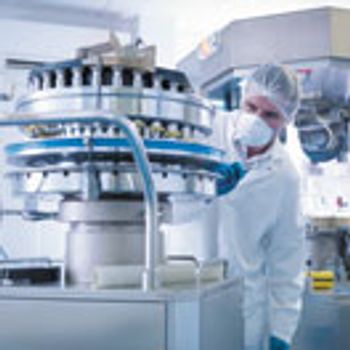
The results of an industry workgroup’s examination of EMA’s guide on shared facilities are presented.
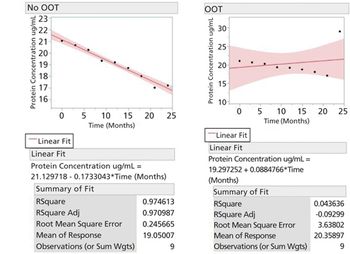
This article defines the concept, justification, and method of removal of out-of-trend points in stability modelling and shelf-life prediction.

The company’s new version of its glycan analysis tool will help investigators determine the relative abundance of individual N-glycan structures in small biopharmaceutical samples.

Protea will use Agilent’s mass spectrometry imaging technology to develop new methods to identify cell metabolites produced as a result of disease or drug exposure.

Subjective visual evaluation of freeze-dried products can be quantified through mechanical methods of characterizing the properties these materials.
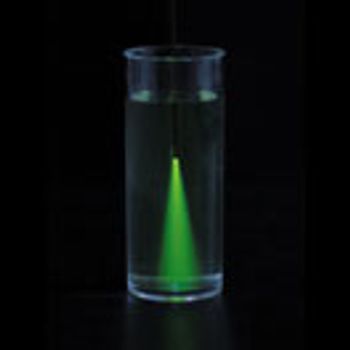
The authors evaluate the SoloVPE technique as a replacement for nitrogen-based protein determination.
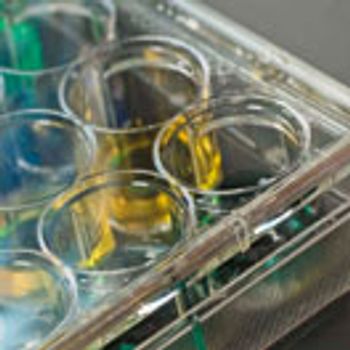
Expectations are high for rapid testing methods, but demonstration of comparability proves challenging.
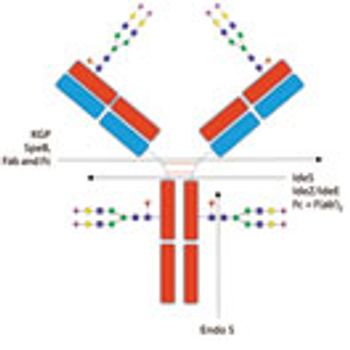
Advances in glycan analysis are enhancing biologics development and quality control processes.

Agilent Technologies and Thermo Fisher Scientific exchange instrument control drivers and software support.

FDA seeks feedback on possible analytical standards and approaches to optimize regulation of next-generation sequencing (NGS)-based in vitro diagnostic tests.

Whether taking an upstream, downstream or holistic approach, there are many factors to consider when choosing viral clearance methods.

The authors present a review of the techniques commonly used for glycosylation analysis.

Through the Glycoscience Program, the National Institute of Health will contribute $10 million to advance the study of carbohydrates and the compounds that interact with them.

This article introduces the technology that powers automated HT–DLS and explores its practical applications in enhancing formulation stability investigations.

The authors present the results of a survey of biologics manufacturers to evaluate how these manufacturers transfer analytical methods.
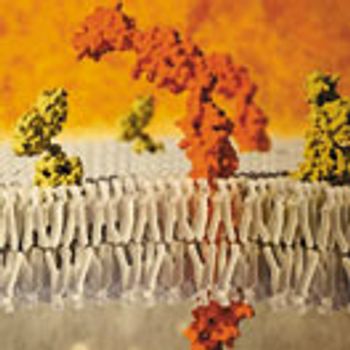

Surface plasmon resonance is helping define bispecific antibodies, the next-generation of biopharma therapeutics.

Dynamic light scattering techniques can monitor viruses and virus-like particles in their native state.

The National Biologics Manufacturing Centre will provide companies with open access to bioprocessing facilities and expertise to expedite low-risk market entry of complex biologics.
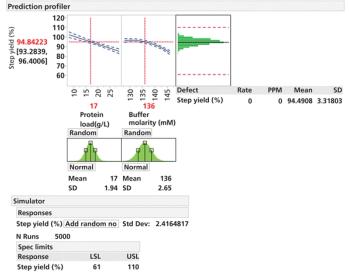
An approach to small-model generation and calibrating small-scale models to reliably predict performance at scale is presented.